Art 307- Unit 1
1/113
Earn XP
Name | Mastery | Learn | Test | Matching | Spaced |
|---|
No study sessions yet.
114 Terms
Compare and contrast the Daguerreotype with the Calotype.
Daguerreotype:
Invented by Louis Daguerre in 1839.
Produces a unique, one-of-a-kind image on a polished silver-coated copper plate.
Sharp, detailed, and offers excellent contrast.
Long exposure times required (several minutes) due to slow light sensitivity.
No negative is produced, making reproduction difficult.
Calotype:
Invented by William Henry Fox Talbot in 1839.
Uses a paper negative process, allowing for multiple prints.
Softer, grainier image compared to Daguerreotype.
Faster exposure times compared to Daguerreotype, making it more versatile.
Negative-positive process allows for easier reproduction and widespread distribution.
Comparison:
Both processes are early forms of photography from the 19th century.
Mark significant milestones in the history of photography.
Utilize chemical processes to capture and develop images.
Contrast:
Daguerreotype produces a unique image on a metal plate, while Calotype allows for multiple prints from a paper negative.
Daguerreotype offers sharpness and detail with longer exposure times, while Calotype provides softer, grainier images with faster exposure times.
Daguerreotype does not produce a negative, making reproduction challenging, whereas Calotype's negative-positive process allows for easier reproduction and wider dissemination of images.
Discuss the Collodion Wet-Plate Process. Who invented it? What is it, how is it made, in what ways could it be used (there were multiple ways it could be used), what are its advantages and disadvantages? Provide some examples of photographers who used this process and their work.
Collodion Wet-Plate Process:
Invention:
Invented by Frederick Scott Archer in 1851.
Description and Production:
Photographic process that involves coating a glass or metal plate with collodion, a syrupy solution of pyroxylin in alcohol and ether.
The plate is sensitized by immersing it in a silver nitrate solution, making it light-sensitive.
The plate must be exposed and developed while still wet.
Usage:
Used for portraiture, landscapes, and documenting various subjects.
Offered a more practical alternative to earlier photographic processes like the Daguerreotype, enabling quicker exposures and a negative-positive system.
Advantages:
Allowed for shorter exposure times compared to earlier processes.
Enabled the creation of multiple prints from a single negative.
Produced a high level of detail and clarity.
Disadvantages:
Required a portable darkroom for on-site processing due to the need for the plate to remain wet.
Demanding and time-sensitive process, making it challenging to use in certain conditions.
The chemicals used were hazardous and required careful handling.
Photographers and Examples:
Mathew Brady: Known for documenting the American Civil War using the wet-plate collodion process, capturing powerful and evocative images of the era.
Julia Margaret Cameron: An English photographer known for her portrait work using the wet-plate collodion process, capturing soft and intimate portraits of famous personalities of her time.
Timothy H. O'Sullivan: Notable for his documentation of the American West during the 1860s, showcasing landscapes and expeditions using the wet-plate collodion process.
Discuss the Missions Héliographiques. Who was involved AND what were its goals?
Missions Héliographiques:
Participants:
Photographers: Several prominent photographers of the mid-19th century, including Gustave Le Gray, Édouard Baldus, Hippolyte Bayard, Henri Le Secq, and Olympe Aguado.
Others: Government officials and scholars collaborated with the photographers.
Goals:
Commissioned by the French government in the early 1850s.
Aimed to document and visually preserve historical monuments, architecture, and landscapes across France.
Sought to create a visual inventory of the country's cultural heritage, especially its architectural and archaeological treasures.
Part of a broader effort to study and promote France's cultural and historical identity.
Outcomes:
Produced a significant body of photographic work showcasing various regions of France.
These photographs became essential documents for historical, architectural, and artistic research, aiding in the preservation of the nation's cultural heritage.
Pioneered the application of photography in the documentation of cultural and historical landmarks, setting the stage for future photographic surveys and documentary photography.
Discuss the U.S. Western Surveys. Who sponsored them? What were their purposes? Who were some of the people involved?
U.S. Western Surveys:
Sponsorship:
Sponsored by the U.S. government, primarily through the Department of War (later Department of the Army), Department of the Interior, and the U.S. Geological Survey.
Civilian-led surveys were also sponsored by institutions like the Smithsonian Institution and the Pacific Railroad Surveys funded by Congress.
Purposes:
Primarily aimed at surveying and mapping the largely unexplored western territories of the United States, especially after significant territorial acquisitions such as the Louisiana Purchase and the Mexican-American War.
To assess the potential for settlement, resource extraction, and transportation routes (such as railways and roads).
Gather scientific, geological, geographical, and ethnographic information about the region, including its flora, fauna, and indigenous peoples.
Key Figures:
Clarence King: A prominent geologist and the first director of the U.S. Geological Survey, known for leading the Geological Exploration of the Fortieth Parallel, covering the western states.
John Wesley Powell: Explorer, geologist, and ethnologist, famous for leading the Powell Geographic Expedition exploring the Colorado River and the Grand Canyon.
Ferdinand Vandeveer Hayden: Geologist and leader of the Geological and Geographical Survey of the Territories, responsible for exploring and documenting the western territories, especially Yellowstone.
George M. Wheeler: Led the Wheeler Survey, focusing on mapping the western U.S. and producing detailed topographic maps and reports.
Outcomes:
Comprehensive mapping and documentation of the western U.S., contributing to the development of infrastructure, resource management, and scientific understanding of the region.
The surveys played a crucial role in shaping policies related to land use, settlement, and the establishment of national parks and monuments.
They provided valuable data for scientific research and served as a foundation for subsequent expeditions, studies, and exploration in the American West.
Camera Obscura
Early optical device used for projecting an image onto a surface.
Utilized in art and science, contributing to the development of photography.
Basis for understanding light and optics.
Heliography
Early photographic process invented by Joseph Nicéphore Niépce.
First successful process to create a permanent photographic image.
Utilized bitumen of Judea on a pewter plate.
Daguerreotype
First practical photographic process.
Invented by Louis Daguerre in 1839.
Produces a direct positive image on a silver-plated copper plate.
Calotype/Talbotype
Invented by William Henry Fox Talbot in the 1830s.
Uses paper coated with silver iodide for image capture.
Produces a negative from which multiple positives can be made.
Direct Paper Positive
Early photographic process in the 19th century.
Image directly exposed onto paper, appearing as a positive.
Limited image quality compared to processes with negatives.
Not easily reproducible, hindering distribution.
More sensitive to light, making handling challenging.
Superseded by processes utilizing negatives for better image quality and reproducibility.
Collodion
Collodion is a photographic process popular during the mid-19th century.
Invented by Frederick Scott Archer in 1851.
It involves coating a glass plate with a collodion solution to create a light-sensitive surface.
Silver Halide
Chemical compound of silver with halogen elements (chlorine, bromine, iodine, fluorine).
Integral in traditional film photography, capturing light and creating the latent image.
Highly sensitive to light, forming the foundation for traditional film-based photography.
Cyanotype
is an alternative photographic printing process.
Invented by Sir John Herschel in 1842.
The process produces cyan-blue prints using a photosensitive solution of iron compounds.
Albumen
Refers to egg white or the clear part of an egg.
Used in albumen prints, a prevalent photographic process in the 19th century.
Coated paper for creating a light-sensitive emulsion.
Ambrotype
Ambrotype is a photographic process popular in the mid-19th century.
It involves creating a positive image on a glass plate coated with collodion.
The image appears as a positive when viewed against a dark background.
Tintype
Direct positive image on a thin sheet of metal (usually iron).
Created through the wet collodion process.
Popular during the mid-19th century, especially during the American Civil War.
Carte-de-visite
Small-sized photograph mounted on a card, measuring around 2.5 x 4 inches.
Popular format for portrait photography and personal sharing in the mid-19th to early 20th centuries.
Affordable and mass-produceable, contributing to the popularity of portrait photography.
Stereoview
Pairs of nearly identical images mounted to create a 3D effect when viewed through a stereoscope.
Provided a 3D-like experience of scenes and travels, popular in the 19th and early 20th centuries.
Played a role in popularizing 3D imagery before modern 3D technology.
Stereographs
A card with two nearly identical images side by side for 3D viewing through a stereoscope.
Common in the late 19th and early 20th centuries for entertainment and educational purposes.
Served as a precursor to modern 3D technology and entertainment.
Woodburytype
Photomechanical printing process producing high-quality continuous-tone images using a relief printing method.
Resulted in durable and detailed prints, especially for book illustrations, in the late 19th and early 20th centuries.
Carbon Print
Photographic printing process known for permanence and rich tones.
Uses carbon tissue coated with pigmented gelatin.
Highly regarded for quality, longevity, and artistic possibilities in fine art photography.
Diorama
Latent Development
Process of revealing an invisible image captured on photosensitive material.
Involves chemical or electronic methods to make the latent image visible.
Crucial step in traditional and digital photography.
Hypo
Fixing agent in photography used in film and print development.
Clears unexposed silver halide crystals, stabilizing the image and making it permanent.
Essential for the success of traditional photography.
Photogenic Drawings
Early photographic process invented by William Henry Fox Talbot around 1834.
Utilizes light-sensitive paper exposed to sunlight to create an image.
An early step in the evolution of photography.
The Pencil of Nature
One of the first books illustrated with photographs.
Written by William Henry Fox Talbot and published in installments between 1844 and 1846.
Demonstrated the applications and potential of photography.
Wedgewood
Early experimenter in photography during the late 18th century.
Attempted capturing images using light-sensitive substances on paper or glass, though with limited success.
Pioneered early photographic techniques and laid groundwork for future developments.
Niépce
French inventor and pioneer in photography.
Known for creating the earliest surviving photograph, "View from the Window at Le Gras," in 1826/1827 using bitumen of Judea on a pewter plate.
Collaborated with Louis Daguerre to refine photographic processes.
Daguerre
French artist and photographer, known for inventing the Daguerreotype process in 1839.
The Daguerreotype was the first widely used photographic process, producing detailed and sharp images on a silver-plated copper surface.
Played a significant role in the early history of photography.
Talbot
British scientist, inventor, and photography pioneer.
Invented the Calotype (Talbotype) process, an early photographic technique using paper coated with silver iodide.
Author of "The Pencil of Nature," one of the earliest books illustrated with photographs.
Bayard
French photographer and pioneer in early photography.
Known for creating the first direct positive paper photograph, calling it "direct positive process."
Advocated for recognition and support in the early photographic community.
Herschel
English scientist and astronomer.
Coined the terms "photography," "negative," and "positive" in the context of photography.
Made significant contributions to the early understanding and development of photography.
Atkins
English botanist and photographer.
Recognized for creating the first book illustrated with photographic images, "Photographs of British Algae: Cyanotype Impressions."
Used cyanotype process to document botanical specimens.
Morse
American inventor and artist.
Known for Morse code and his contributions to the development of the electromagnetic telegraph.
Encouraged and supported the advancement of photography.
Archer
English sculptor and early photographer.
Invented the wet collodion process in 1851, a widely used photographic technique involving glass plates and collodion emulsion.
The wet collodion process significantly reduced exposure times compared to earlier methods.
Daguerreotype Portraits
is a photographic image captured using the daguerreotype process.
The process was invented by Louis-Jacques-Mandé Daguerre in 1839.
It produced a direct positive image on a silver-plated copper plate.
Popular for portrait photography in the 19th century.
Daguerreotype Portrait Studio
were specialized spaces where individuals could have their portraits taken using the daguerreotype process.
Studios were set up with the necessary equipment for preparing, exposing, and developing daguerreotype plates.
Often operated by skilled daguerreotypists who were experts in the process, ensuring high-quality portraits.
The studios were furnished for comfort and to create a pleasing backdrop for portraits.
These studios played a significant role in popularizing portrait photography during the mid-19th century.
Calotype Portraits
Silhouette Machine
Device used to create silhouette profiles by tracing the outline of a person's profile.
Popular in the 18th and 19th centuries for creating inexpensive portraits.
Contributed to the popularization of portraiture.
Camera Lucida
Optical drawing aid allowing artists to trace scenes and create accurate drawings.
Utilizes a prism or mirror to superimpose the subject onto the drawing surface.
Aided artists in capturing scenes with precision and speed.
Pantograph
Mechanical drawing instrument for copying or scaling images.
Consists of linked arms and joints to replicate shapes at a different scale.
Important tool in art, cartography, and engineering for accurate reproduction.
Physionotrace
Device used for profile portraits, popular in the late 18th and early 19th centuries.
An early form of automated portraiture, employing a mechanical tracing process.
Played a role in the development of portrait-related technology.
Petzvel lens
A fast photographic lens invented by Joseph Petzval in 1840.
Significant for its sharpness and ability to capture well-defined portraits with a blurred background.
Revolutionized portrait photography during the mid-19th century.
Head brace
A device used to stabilize a person's head during early photography.
Assisted in keeping the head still during long exposure times required by early photographic processes.
Enhanced the clarity and sharpness of portraits.
The Disruption painting
An 1843 painting by David Octavius Hill depicting a significant event in Scottish church history.
The painting involved collaboration between Hill, a photographer, and Robert Adamson, a pioneering photographer.
Demonstrated the interplay between painting and photography.
Carte-de-visite
A small-sized photograph mounted on a card, popular in the 19th century.
Mass-produced and affordable, becoming a social phenomenon for portrait sharing.
Played a role in the widespread popularity of portrait photography.
Woodburytype
Photomechanical printing process producing high-quality continuous-tone images.
Resulted in durable and detailed prints, especially for book illustrations, in the late 19th and early 20th centuries.
Carbon print
Photographic printing process known for permanence and rich tones.
Uses carbon tissue coated with pigmented gelatin.
Highly regarded for quality, longevity, and artistic possibilities in fine art photography.
The Gallery of Contemporary Artists
An 1854 publication containing Woodburytype portraits of contemporary artists.
Showcased the potential of the Woodburytype process for book illustration and portraiture.
Significant in the history of photographic reproduction.
The Contemporary Gallery of Writers and Artists
A mid-19th-century publication featuring Woodburytype portraits of prominent writers and artists.
Demonstrated the potential of the Woodburytype process for mass-produced, high-quality image reproduction.
Contributed to the rise of photographic portraiture.
Expressive Portraits
Portraits that convey a subject's emotions, personality, or character.
Often achieved through the subject's facial expressions, body language, and environment.
Important in art and photography for capturing the essence of the subject.
Petzval
Austrian mathematician and physicist.
Invented the Petzval lens in 1840, revolutionizing portrait photography.
Known for the high speed and sharpness of his lens design.
Goddard
British inventor and early photographer.
Developed the Goddard dry plate, an improvement in photographic plate technology.
Contributed to advancements in dry collodion processes.
Fizeau
French physicist and photographer.
Known for early experiments in photography and contributions to optics.
Studied daguerreotype and collodion processes.
Claudet
French photographer and artist.
Early adopter of the daguerreotype process.
Known for innovations in photography, including stereoscopic photography.
Brady
Pioneering American photographer.
Best known for his extensive documentation of the American Civil War.
Established one of the first photographic studios in the United States.
Southworth & Hawes
American daguerreotypists based in Boston.
Known for high-quality portrait photography during the mid-19th century.
Captured portraits of many prominent figures of their time.
Hill & Adamson
Scottish partnership between David Octavius Hill and Robert Adamson.
Pioneered early photographic collaboration.
Known for their calotype portraits, particularly the "Disruption painting" project.
Disderi
French photographer known for popularizing the carte-de-visite format.
Innovated in portrait photography and mass production of photographs.
Photographed many famous individuals of his time.
Carjat
French photographer and journalist.
Known for his portraits of political and cultural figures of 19th-century France.
Captured expressive portraits in his iconic series "Galerie Contemporaine."
Nadar
French photographer, caricaturist, and balloonist.
Pioneered aerial photography from balloons.
Known for his portraits of celebrities and avant-garde figures.
Carroll
English writer, mathematician, and photographer.
Known for his children's literature (Alice's Adventures in Wonderland) and portrait photography.
Captured expressive and imaginative portraits of children.
Cameron
British photographer considered one of the greatest portraitists of the 19th century.
Known for her artistic and expressive portraits, often of famous figures.
Used soft focus and long exposure times for her distinct style.
Religious work as well
Daguerrian Excursions or Daguerrian Travels
Early photographic projects aimed at documenting significant scenes and monuments across the world.
Utilized the daguerreotype process to capture these visual records.
Demonstrated the power of photography in preserving and sharing cultural heritage.
Missions Héliographiques
Early photographic project in 1851 to document French architecture.
Sponsored by the French government, showcasing the importance of photography in cultural preservation.
Involved photographers like Gustave Le Gray and Edouard-Denis Baldus.
Waxed Paper Negatives
Early photographic technique using waxed paper as a base for negatives.
Waxed paper served as a light-sensitive material to capture photographic images.
A precursor to modern negative-based photographic processes.
Combination Printing/Artifice
Photographic technique involving the combination of multiple images or elements.
Used to create artistic or imaginative compositions beyond a single photograph.
Contributed to the artistic and creative potential of photography.
Documentary Photography
Photography aimed at documenting reality, events, people, and various subjects.
Often focuses on social issues, historical events, and everyday life.
Powerful tool for conveying truth and providing historical records.
The Motivation of a Documentary/Landscape Photographer
Motivation often rooted in capturing and sharing stories of people, cultures, or the environment.
A desire to create awareness, provoke emotion, or drive social change.
Encapsulates the dedication to revealing truths and presenting perspectives through visual storytelling.
Lerebours
French photographer, publisher, and inventor.
Renowned for his travel photography, especially panoramic daguerreotypes.
Published photographic books showcasing various regions and cultures.
Reverend Jones
British photographer and clergyman.
Known for his early experiments and contributions to the field of photography.
Captured daguerreotypes and calotypes during the mid-19th century.
Napoleon III
A patron of the arts, including photography, during his reign.
Supported the Missions Héliographiques, a pioneering photographic project.
Baldus
French photographer, known for documenting architecture and landscapes.
Notable for his work on the Missions Héliographiques and later documenting historical monuments.
Known for his precise and detailed photographic compositions.
Le Gray
French photographer known for his seascapes, landscapes, and portraits.
Pioneered various photographic techniques, including the waxed paper negative.
Famed for his images of the Mediterranean and innovative darkroom techniques.
Le Secq
French photographer and painter.
Known for his documentation of medieval architecture in France.
A key figure in the Société Héliographique and one of the Missions Héliographiques photographers.
Mestral
Early French photographer known for his daguerreotypes.
Traveled extensively, capturing diverse landscapes and scenes.
An adventurer whose photographic works provide valuable historical insight.
Frith
English photographer and publisher.
Known for extensive photographic documentation of the Middle East and Egypt.
His work offers a glimpse into historical landscapes and architectural heritage.
Bonfils
French photographer recognized for his images of the Middle East.
Renowned for documenting Egypt, Palestine, Lebanon, and Syria.
Known for his exquisite composition and meticulous technique.
Bourne
British photographer, famous for his Indian landscapes.
His photography highlighted the architectural marvels and natural landscapes of the Indian subcontinent.
Part of the photographic duo Howard, Bourne & Shepherd, a renowned photography studio.
American Landscape vs. European Landscape
American landscape photographs often showcased the vastness, diversity, and frontier spirit of the New World.
European landscape photography often focused on the romantic, picturesque, and historical aspects of landscapes with a different cultural and artistic perspective.
The American West
Who: Various photographers, including Timothy O'Sullivan, William Henry Jackson, and Carleton Watkins.
Why: To document and explore the uncharted territories, resources, and natural beauty of the American West.
What: Extensive photography of landscapes, geological formations, Native Americans, and settlers.
When: Primarily during the mid-19th to early 20th centuries.
Geological Surveys
Various U.S. government-sponsored surveys aimed at exploring and documenting the American West's geological features and resources.
Notable surveys include the Geological Exploration of the 40th Parallel, Hayden Geological Survey, Powell Geographic Expedition, and Wheeler (100th-Meridian) Survey.
Photographers of the Surveys
Timothy O'Sullivan, William Henry Jackson, William Bell, John K. Hillers were prominent photographers involved in documenting the American West during various geological surveys.
Motivation of Landscape Imagery
Scientific: To document and study geological formations, geography, and topography.
Commercial: To attract settlers, investors, and tourists to the American West.
Personal Expression: Artists sought to capture the grandeur and beauty of the landscape.
Persuasion: To promote the idea of manifest destiny and expansionism.
Daguerreotype for Landscape
Who: Early photographers, including Daguerre himself.
Why: The daguerreotype process allowed for detailed and sharp landscape imagery, contributing to its popularity.
Applications: Early landscape photography, capturing scenes and natural features.
Calotype for Landscape
Who: Introduced by William Henry Fox Talbot.
Why: The calotype allowed for multiple prints and a softer, more artistic depiction of landscapes.
Applications: Landscape photography, particularly capturing softer, more natural scenes.
Innovation that changed the Calotype
Waxed Paper Negative by Gustave Le Gray: Allowed for shorter exposure times and improved detail in shadows and highlights.
Collodion for Landscape
Suited: Collodion process allowed for high detail and sharpness, making it ideal for capturing intricate landscape features.
Not Suited: Its complex and time-consuming nature made it less practical for quick or spontaneous shots.
Combination Printing or "Artifice"
Combined multiple images to create a composite photograph or manipulate reality for artistic expression.
Allowed photographers to experiment with creative storytelling and fantasy in their images.
Exotic Locations
Broadened society's understanding by showcasing diverse cultures, geography, and ways of life.
Motivated by curiosity, desire for adventure, scientific exploration, and documenting the unknown.
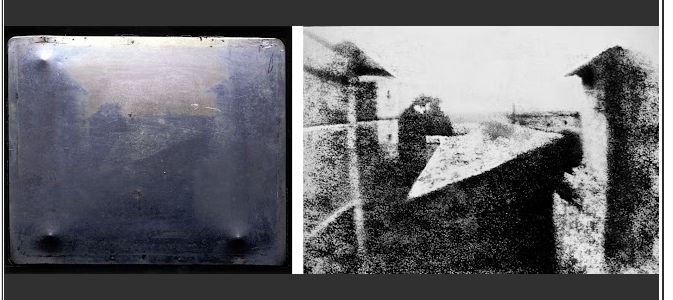
Who took it? Medium? Year?
Niépce, Heliograph, 1826
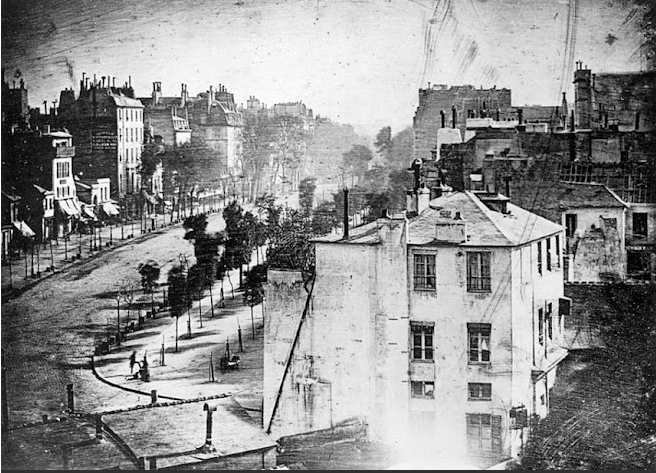
Who took it? Medium? Year?
Daguerre, Daguerreotype, 1838

Who took it? Medium? Year?
Talbot, Photogenic Drawing Negative, 1835
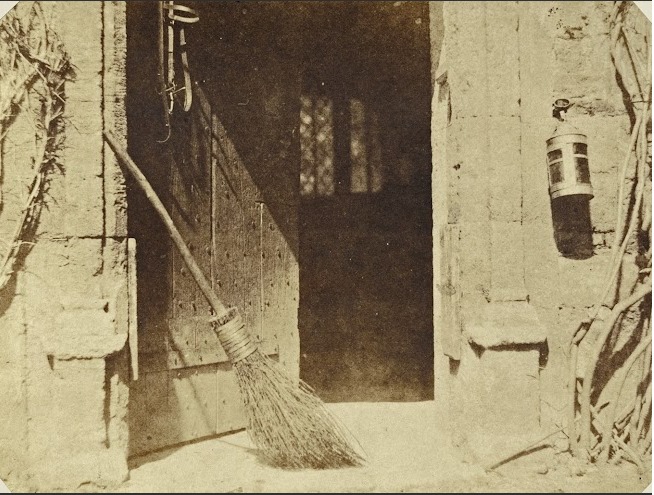
Who took it? Medium? Year?
Talbot, Salted paper print from Calotype negative, 1843, the Pencil of Nature
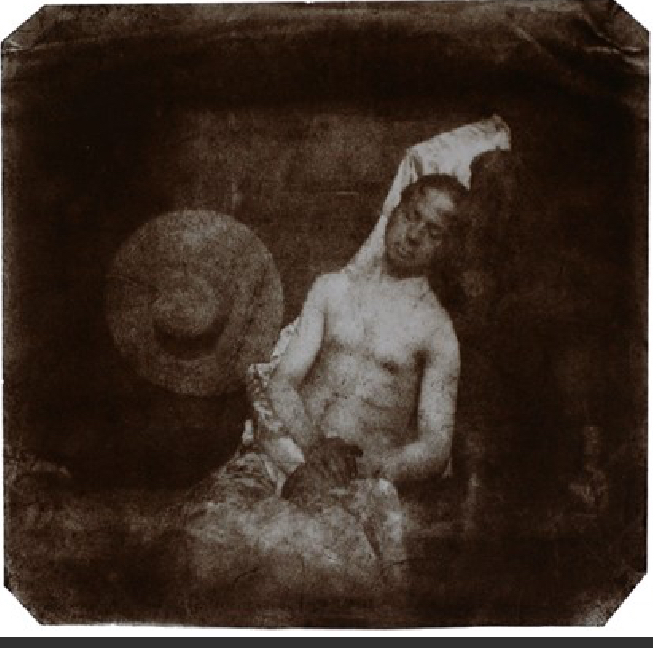
Who took it? Medium? Year?
Bayard, Direct Paper Positive, 1840

Who took it? Medium? Year?
Claudet, Daguerreotype, 1850
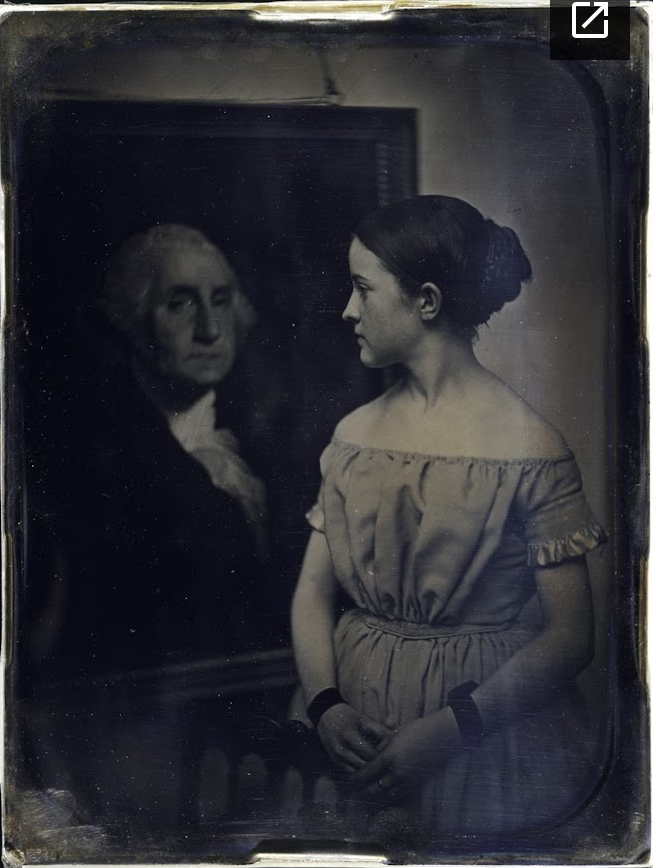
Who took it? Medium? Year?
Southworth & Hawes, Daguerreotype, 1850
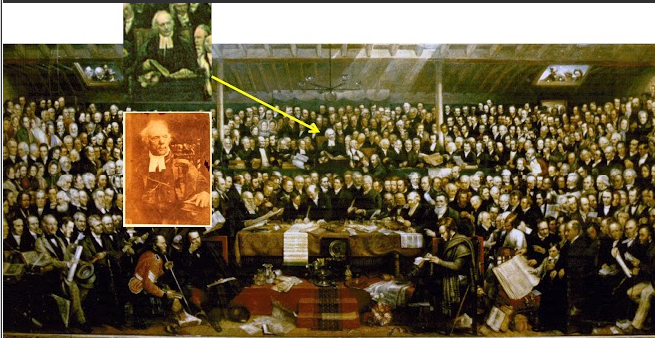
Who took it? Medium? Year?
Hill, Oil on canvas, 1866
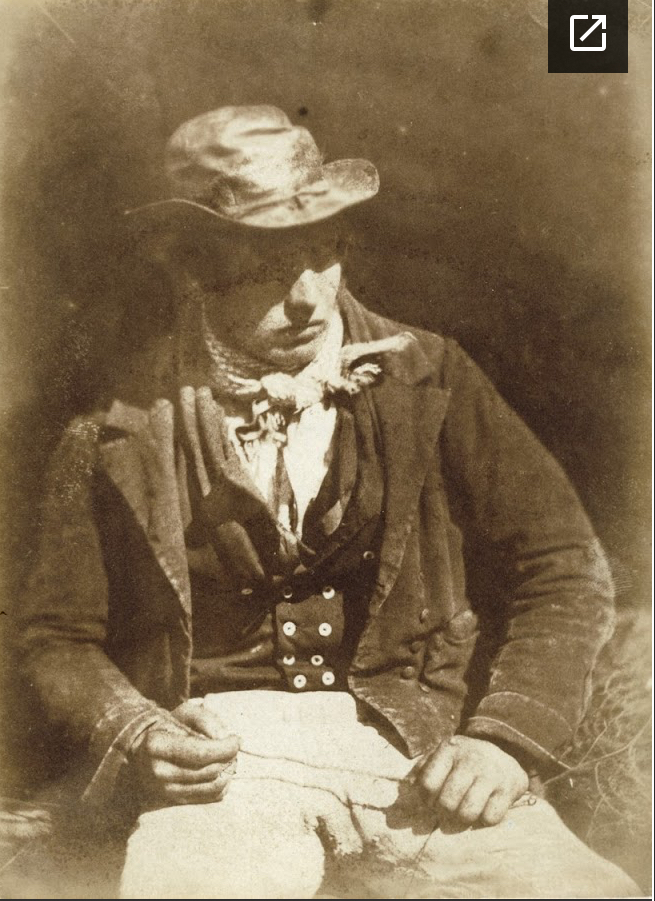
Who took it? Medium? Year?
Hill & Adamson, Salted Paper Print from Calotype, 1846
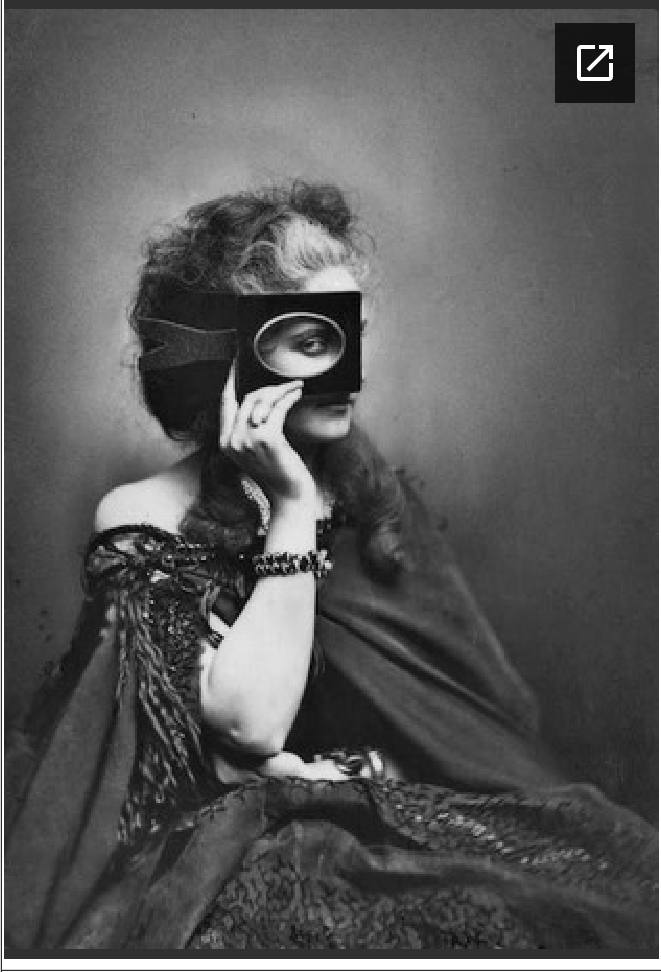
Who took it? Medium? Year?
Pierson, Albumen from glass negative, 1860
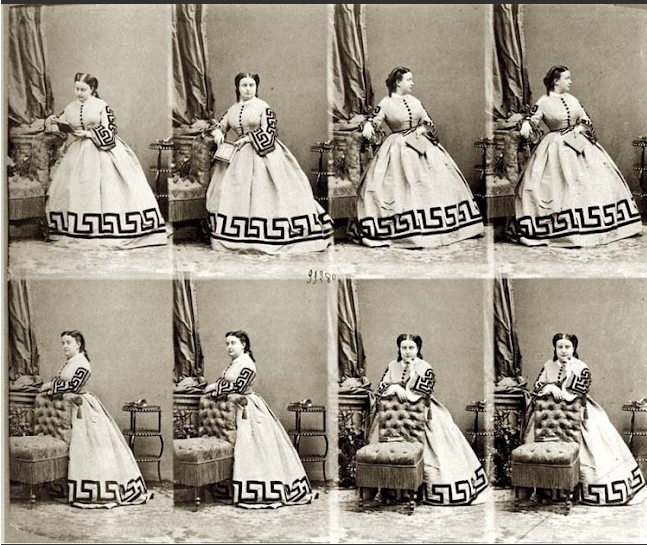
Who took it? Medium? Year?
Disdéri, Albumen from carte-de-visite negative, 1860s